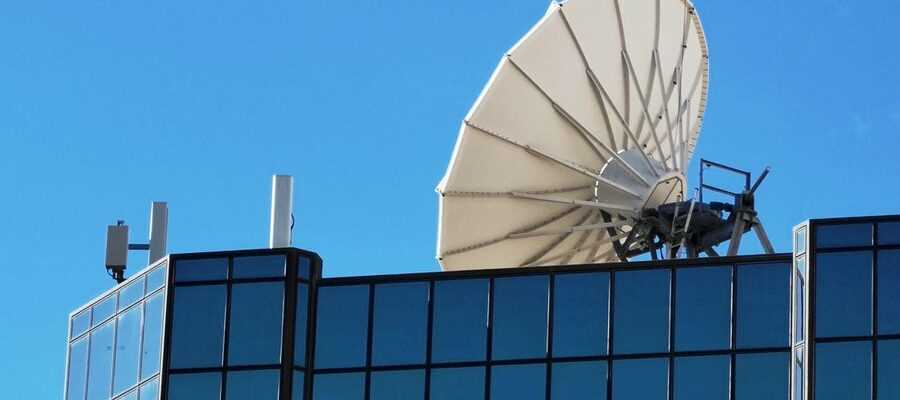The networks of French operators must be very solid to support the load of Internet traffic. They ask that those who generate the majority of this traffic contribute to the financing of the necessary infrastructure and maintenance. If they are not explicitly cited, GAFAM and netflix
are targeted.
The French Telecoms Federation (FFT), which represents the interests of Orange, SFR and Bouygues Telecom, has published 15 proposals for the 2022-2027 five-year term.
Remuneration from the biggest consumers of bandwidth?
These proposals aim to release investments, accelerate deployments for the benefit of territories, recovery and employment, in a fair competitive framework, responsible for the environment and the inclusion of all audiences “. And proposal 12 risks being talked about.
In the section dedicated to issues related to innovation and ecological transition, the FFT explains that it wants to ” establish the terms and conditions for a fair economic and technical contribution from the major content providers to the costs of the networks in order to ensure their economic and environmental sustainability “.
In other words, French telecom operators want to be rewarded by tech giants, whose use of services has a strong impact on their infrastructure.
The GAFAM and Netflix in the viewfinder
Amazon, Apple, Google, Netflix, Microsoft, Facebook… These players make up a very large share of data traffic passing through the internet in France. High-quality video content is the main culprit, and carriers have to invest in expensive network equipment to keep up with the load.
According to ARCEP figures, Netflix alone accounted for 14% of internet traffic in France in 2017, a figure that jumped to 23% in 2018. That same year, Netflix, Google, Facebook and Akamai (which provides cache servers at Microsoft, Apple and others) accounted for 53% of traffic in France. These data remained current in 2019 and 2020, pending those of 2021.
During the confinement, the increase in the consumption of video content caused a saturation of the networks of the operators. Netflix had reduced its bitrate to relieve the pipes, while YouTube had forced standard definition by default.
On the same subject :
Faster than Wi-Fi 6E, Wi-Fi 7 is already there, in demonstration
Source: French Telecoms Federation

10